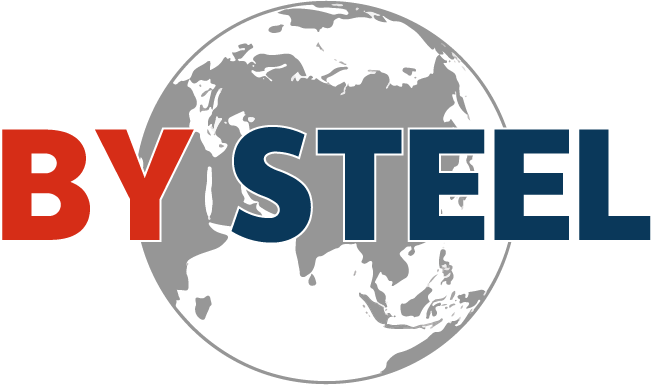Steel pipe material
Release time:
2024-05-13
Steel pipes can also be divided into seamless steel pipes and welded steel pipes according to the production process. Seamless steel pipes are divided into hot-rolled and cold-rolled (drawn). Welded steel pipes are divided into straight seam welded steel pipes and spiral seam welded steel pipes.
The materials of steel pipes mainly include carbon steel, alloy steel, stainless steel, aluminum alloy, etc. details as follows:
Carbon steel pipe. This is a common steel pipe material that includes steels with different carbon contents (low carbon steel, medium carbon steel, and high carbon steel). This type of steel pipe is usually used to transport fluids such as water and gas, and to make machine parts.
Alloy steel pipe. This kind of steel pipe is formed by adding a certain amount of alloy elements (such as chromium, molybdenum, nickel, titanium, etc.) on the basis of carbon steel. It has the properties of heat resistance, wear resistance and corrosion resistance, and is suitable for high temperature and high pressure. of pipes and valves.
Stainless steel pipe. This kind of steel pipe is an alloy product composed of iron, chromium, nickel and other metal elements. It has good corrosion resistance and is suitable for special environments such as strong acid and strong alkali.
Aluminum alloy steel pipe. This kind of steel pipe is made of aluminum alloy and has the characteristics of low density, high strength, good rigidity and strong corrosion resistance. It is widely used in aerospace, automobile manufacturing, construction and other fields.
In addition, steel pipes can also be divided into seamless steel pipes and welded steel pipes according to the production process. Seamless steel pipes are divided into hot-rolled and cold-rolled (drawn). Welded steel pipes are divided into straight seam welded steel pipes and spiral seam welded steel pipes.
Latest News
The correct way to install steel coils
The correct way to load steel coils depends on their size, weight and how they are transported or stored.
2024-05-13
Steel pipes can also be divided into seamless steel pipes and welded steel pipes according to the production process. Seamless steel pipes are divided into hot-rolled and cold-rolled (drawn). Welded steel pipes are divided into straight seam welded steel pipes and spiral seam welded steel pipes.
2024-05-13
How are steel plates produced?
The production process of steel plates includes multiple links such as raw material selection, steelmaking, casting, rolling and surface treatment. Each link has an important impact on the quality and performance of the final product.
2024-06-18
Main components of steel plate
Chromium, copper, nickel and other alloying elements may also be added to the steel plate. These elements can improve the corrosion resistance and high-temperature strength of the steel plate. They are often used to manufacture steel plates in impact resistance, wear resistance, marine engineering, nuclear engineering and other fields.
2024-05-13
The production of steel bars is a complex process that requires the cooperation of a series of equipment. The accuracy and stability of these equipment directly affect the quality of the bars.
2024-06-18
The difference between I-beam and H-beam
The upper and lower flanges of H-beams are usually wider than those of I-beams. H-beams also perform better in terms of load-bearing capacity and stability, and their bending resistance is particularly good. Therefore, H-beams are more suitable for structures that need to withstand large loads, such as bridges and high-rise buildings.
2024-06-18


